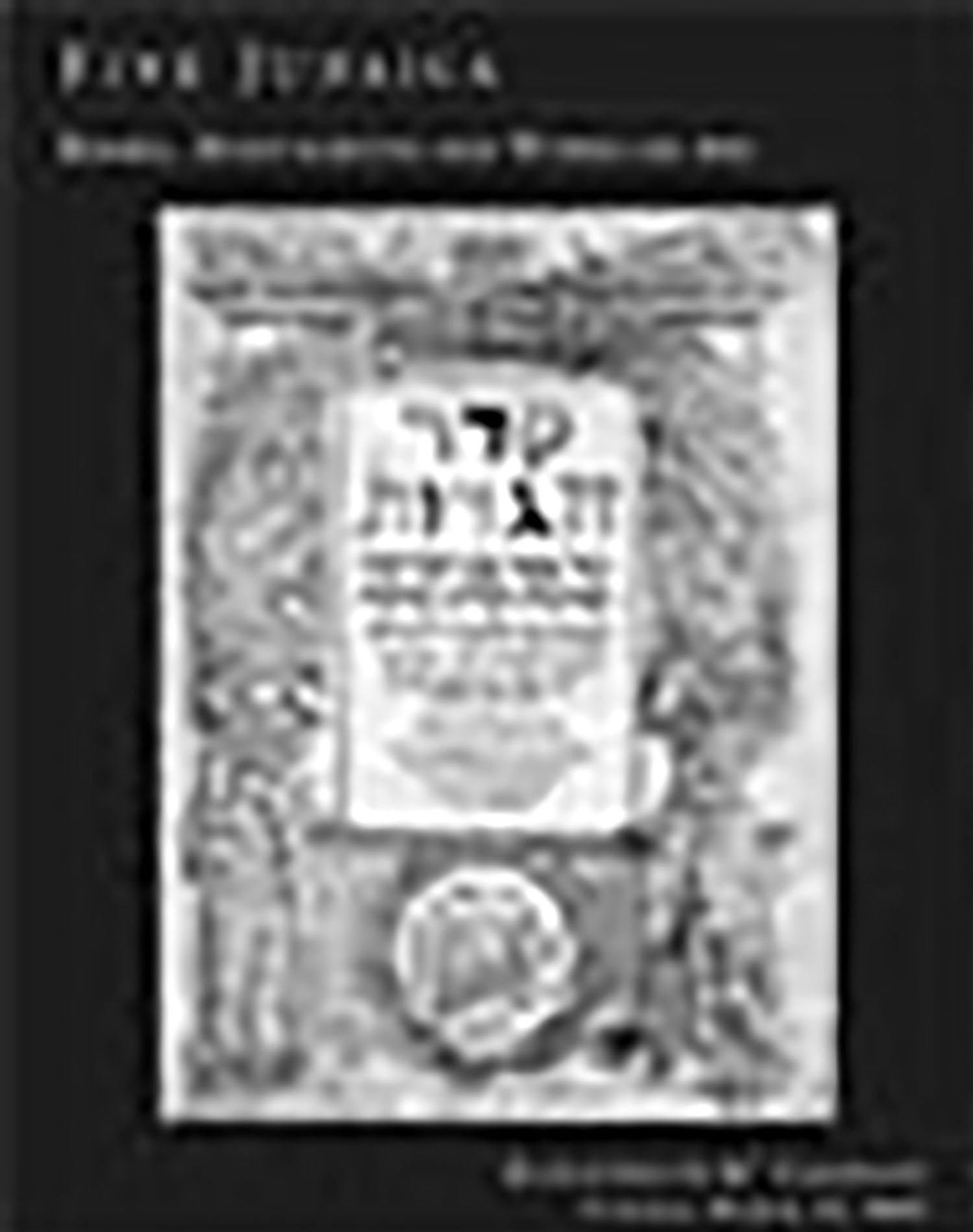Me’or Einayim [Philosophy of History]

AUCTION 15 |
Tuesday, March 12th,
2002 at 1:00
Fine Hebrew Books, Manuscripts and Works of Art The Property of Various Owners
Lot 150
DE ROSSI, AZARIAH
Me’or Einayim [Philosophy of History]
Mantua: n.p. 1574
Est: $1,500 - $2,000
“The Me’or Einaim became so important that it rendered its author as one of the greatest, or perhaps the very greatest, of Jewish historians who flourished in the seventeen centuries between Josephus and Jost.” S. Baron, Azariah de Rossi’s Attitude to Life in: Studies in Memory of I. Abrahams, (1927) p.12
Azariah de Rossi was a member of an Italian Jewish family that traced its ancestry back to the time of Titus and the destruction of Jerusalem. His controversial Me’or Einaim questioned conventional medieval wisdom and introduced fundamental changes in chronology.
De Rossi rehabilitated the works of the Jewish philosopher Philo, who had been ignored by Jewish scholars for almost 1500 years. He exposed the Jossipon as an early medieval compilation based on the works of Josephus, though with much falsification. In the spirit of the Renaissance, de Rossi turned to critical analysis and made use of the Apocrypha and Jewish-Hellenistic sources in his study of ancient Jewish history and texts. Most contentiously, he suggested that Midrashic literature was employed as a stylistic device “to induce a good state of mind among readers,” and thus should not be understood to be literal. Such statements led the Me’or Einaim to be viewed as heresy and it was banned by the Rabbinic authorities upon publication. De Rossi reissued the work the same year, making changes to the offending passages and adding an apologetic post-script. However, some prominent Rabbis decreed youth below the age of 25 should be prevented from consulting the book. De Rossi himself was spared chastisement due to his personal observance of Halachic practice. See Carmilly-Weinberger, pp.210-13; I. Mehlman, Gnuzoth Sepharim, (1976) pp.21-39.
According to de Rossi (ff.59-61) the rabbis of the Talmud already knew of the existence of the Continent of America. Seafarers had found settlement not only close to "the edges of the world," they had found people who "walk with their feet turned toward ours." The context of de Rossi's discussion is his attempt to understand, in the light of new discoveries, that the World is round and the Talmud's contention that Jerusalem is the highest point of the World. De Rossi maintains that King Solomon himself knew of the existence of the New World and that the Biblical "Ophir and Parvayim" refer to Peru.
See M. Silber, America in Hebrew Literature in: Publications of the American Jewish Historical Society, Vol. XXII (1914) pp.114-115
